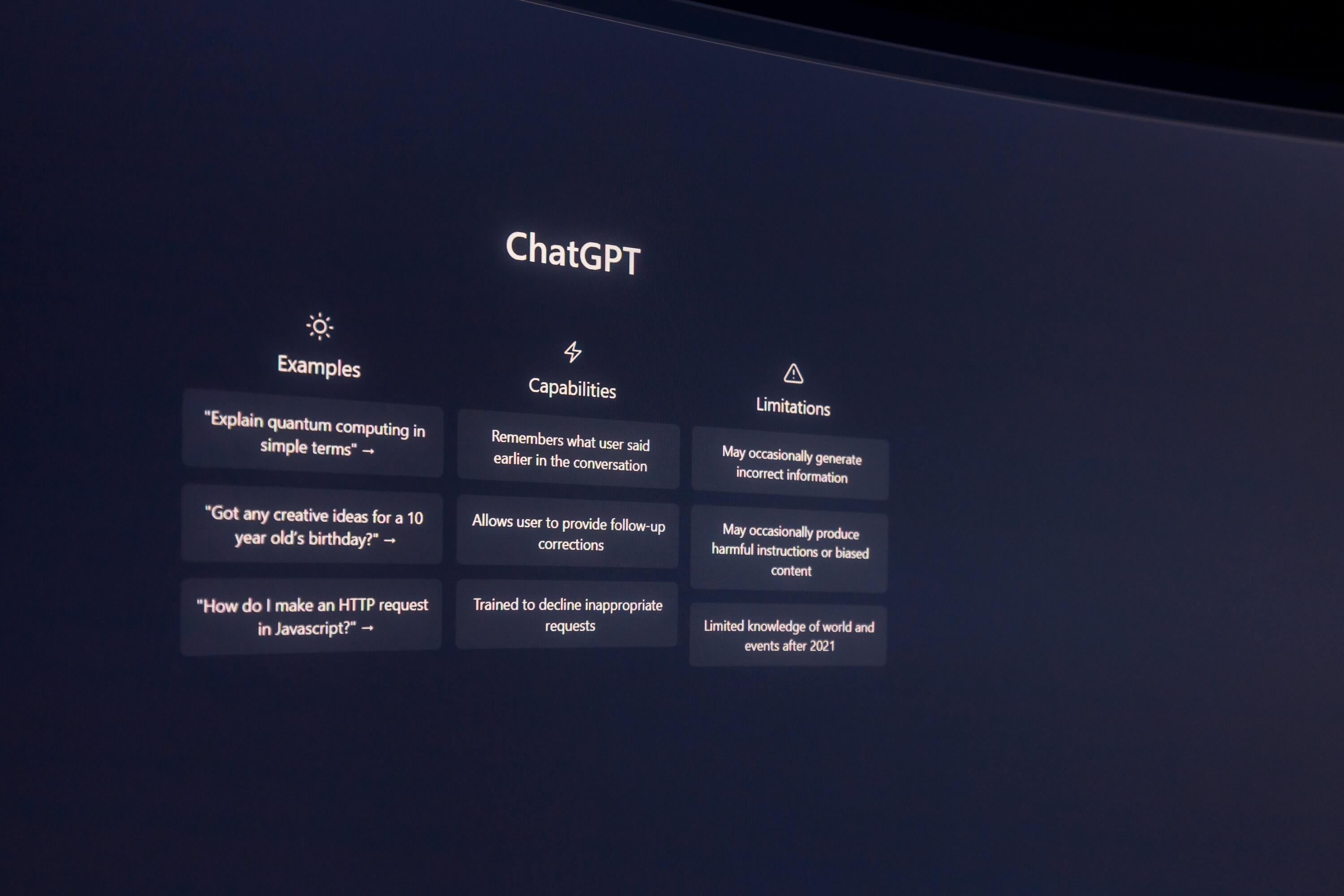How to write a proposal outline (Guide)

Why you need a Proposal Outline in the First Place
Whether you’re an agency, small business or non-profit, the ability to clearly and effectively communicate ideas is paramount. This is why a well-structured proposal will always beat a haphazard one. One way to think about this is to forget that a proposal is a document. I mean, it is a document, but it's also a tool that communicates your vision, approach, and ability to execute whatever it is you’re selling. Think of it as the first impression between you and your (potential) new client and use it to set the tone for all the interactions that will follow.
Knowing how to structure a proposal is critical because it helps organize thoughts and ideas in a logical and persuasive manner. It guides the reader through your reasoning, your methodology, and the anticipated outcomes. This means your client isn’t lost even if they end up skim-reading parts of it - let’s face it they will be receiving multiple proposals! A good proposal outline will also ensure you look professional thorough, which are qualities that decision-makers consciously, or unconsciously, look for in service providers.
In short, if you want to learn how to win a proposal you probably need to start by focusing on how to nail a proposal outline. Alright, with that said, let’s take a look at how to get an outline done in a smart way.
Don’t lose sight of the Purpose of your Proposal
The general purpose of a proposal
A proposal is essentially a formal offer or plan presented for acceptance or consideration. It outlines a strategy to solve the problem at hand, providing detailed information on how this will be achieved. The whole point of a proposal is to persuade the reader that your solution is viable, beneficial, and worth investing in. In addition to explaining the what, why, and how of your project, the best proposals set out to offer added value for the client.
The objectives of a proposal will obviously vary depending on the situation but will likely include all or some of the following:
- Presenting an idea or solution to a problem.
- Persuading the client of the feasibility of your solution.
- Detailing a methodology or philosophy.
- Establishing credibility by showing off knowledge and expertise.
- Showing how you add value.
Each type of proposal requires a unique approach but shares the common goal of effectively communicating an idea or plan to achieve a specific objective. Understanding the specific needs and expectations of your stakeholders before you write your outline is crucial in producing a final proposal that resonates with your client.
What you need to include in your Proposal Outline

1. Cover & Title
- First Impressions Matter: The cover and title of your proposal are your first opportunity to make a strong impression. Ensure the title is clear, concise, and reflective of the proposal’s content. The cover should be professional, visually appealing, and include basic information like your company name, the date, and the proposal's title.
2. Problem & Goals
- Identify and Define the Problem: Start by clearly defining the problem or challenge your proposal addresses. This shows your understanding of the client's needs and sets the stage for your solution.
- Outline the Goals: Detail the goals you aim to achieve with your proposal. Clearly demonstrating how these goals align with the client’s needs can greatly strengthen your proposal.
3. Proposed Solution
- Your Plan of Action: Here's where you delve into the 'how'. Present your proposed solution in a way that's easy to understand yet detailed enough to showcase your approach's thoroughness and feasibility.
- Customization is Key: Tailor your solution to the client's specific problem and needs. This personalized approach can significantly increase the proposal's appeal.
4. Scope
- Define the Boundaries: Clearly outline what your proposal includes and, just as importantly, what it does not. This clarity helps manage expectations and prevents potential scope creep.
- Detail Deliverables: List the specific deliverables the client can expect. This transparency builds trust and helps the client envision the end result* .
5. Benefits
- Highlight the Value: Describe the benefits of your solution. Focus on how it will address the client’s pain points, improve their operations, or contribute to their goals.
- Data-Driven Justification: Whenever possible, use data or case studies to back up your claims. This evidence-based approach can be very persuasive* .
6. Pricing
- Clear and Comprehensive Pricing: Provide a detailed breakdown of costs associated with your solution. Transparency in pricing builds credibility and helps the client understand the value they're receiving.
- Flexible Options: If possible, offer optional pricing (different packages or tiers) to cater to varying budgets or needs.
7. Timeline
- Realistic and Detailed Timeline: Outline a realistic timeline for the project, including key milestones and deadlines. This shows your commitment to timely delivery and helps the client plan accordingly.
- Account for Contingencies: Include some flexibility to accommodate potential delays or revisions, which demonstrates foresight and adaptability.
8. Call-to-Action (CTA)
- Be Clear: End with a strong CTA that prompts the client to take the next step, whether it’s booking a Zoom call, signing the contract, or simply responding over email.
- Make It Easy: Provide clear instructions on how to proceed. The easier you make it for the client to act, the more likely they will. Pro tip - use digital signatures.
How to Use ChatGPT to Create Your Proposal Outline

What is ChatGPT anyway?
For those who’ve been living under a rock, ChatGPT is an advanced AI language model capable of understanding and generating human-like text. It can assist in various writing tasks, including brainstorming, drafting, and refining content.
ChatGPT is adaptable to a wide range of topics and styles. Whether you're crafting a technical proposal or a more general business plan, ChatGPT can help generate content, suggestions, and ideas although we would recommend it for creating outlines and structures only. Writing your own copy will ensure you truly resonate with your client and project your true personality. Let’s see how we can use ChatGPT to create a proposal outline.
Let’s see how we can use ChatGPT to create a proposal outline.
Step-by-Step Guide on Interacting with ChatGPT
Define Your Task: Clearly state what kind of proposal outline you need help with. The more background information you give the better. It’s only a robot, you should assume it knows nothing about your particular project.
Use Prompts: The more specific your prompts are, the more tailored and useful ChatGPT's responses will be. Include key details about your proposal's topic, type of client, and objectives.
Keep chatting: Use ChatGPT's responses as a starting point. You may need to refine your prompts or ask follow-up questions to hone in on the most useful content or to correct errors - yes, it makes errors!
Review and Edit: Always review and edit the content generated by ChatGPT to ensure it aligns with your goals and maintains a consistent tone and style. It’s tempting to think AI knows best but it may not be the case so supervise it closely.
Examples of Prompts to Use with ChatGPT for Each Section of the Outline
- Cover & Title: "Generate a descriptive title for a proposal focusing on [insert topic]."
- Problem & Goals: "Help me draft a series of bullet points that outlines the following problem [list needs] and suggest possible goals that address this problem."
- Proposed Solution: "Suggest a detailed structure for presenting a solution to [specific problem]."
- Scope: "Provide a list of key points to include in a scope section for a proposal about [specific project]. Please include time and budget restraints."
- Benefits: "What are some potential benefits of [your solution] for [ your target client]?"
- Pricing: "Help me draft a pricing section for a proposal offering [specific services/products]. Include tiered options."*
- Timeline: "Create a sample timeline for a project with key milestones for [specific project]."
- CTA: "in no more than 2 sentences, suggest an effective call-to-action for a business proposal targeted at [specific industry or client]."
*At Nusii we call this optional pricing and consider it the most effective way to close on price.
Incorporating ChatGPT in your proposal writing process can significantly streamline and enhance the quality of your output. By leveraging its capabilities effectively, you can create comprehensive, persuasive, and tailored proposal outlines. Remember, the goal is to use ChatGPT as a tool that complements your expertise, not as a substitute for the personal and professional touch that only you can provide.
You might want to use it in conjunction with proposal management software such as Nusii. Together they can save you time and help you win proposals you didn’t win before.
Common Pitfalls to Avoid When Completing a Proposal Outline
Once your outline is done most people will quickly write the text and insert images to complete their proposal. For this reason if you make mistakes in your outline they are likely to stay. Here’s some things to watch out for:
Vagueness and Lack of Detail
- Avoid Generalizations: An outline should not be generic. Vague language and broad generalizations can undermine the credibility of your proposal. Be specific in naming and defining the main points such as, goals, benefits and methodology.
- Detail is Key: Include bullet points of the main ideas and critical information. This avoids you forgetting to include important details in your final write up.
Forgetting who the Client actually is
- Know Your Audience: Tailoring your proposal to the specific needs and preferences of your audience is crucial. Do not even write the proposal outline before fully understanding who you are talking to.
- Speak Their Language: Use terminology and examples that resonate with your client. Understanding their industry, challenges, and goals and mimic their communication style.
Underestimating the Timeline and Budget Sections
- Realistic Timelines: You might think delivering faster than another agency or freelancer will win you the proposal but often it can instead lead to missed deadlines and eroded trust. Think carefully and provide a realistic timeline that accounts for all stages of the project.
- Transparent Budgeting: An unclear pricing section can stall the call to action or worse, lead to misinterpretation. Make sure there are no possible doubts in what you are offering.
Best Practices for getting a Compelling Proposal from an Outline

Alright, so we have our outline. Now, you’ll need to flesh out the text. Our recommendation is to try and strike a balance between professionalism and relatability. Your proposal should, of course, showcase your expertise and the value of your solution but also establish a true connection with the client. The best way to do this is to speak in your own voice and show that you truly understand and care about their needs.
Clarity, Conciseness, and Coherence
- Be Clear and Direct: Avoid jargon and complex language. Your proposal should be easily understandable to anyone who reads it. Remember proposals are often forwarded to other stakeholders.
- Conciseness is Key: While detail is important, unnecessary information can detract from the main message. Keep your content on point!
- Maintain Coherence: Ensure that your proposal flows logically from one section to the next. Each part should connect seamlessly, guiding the reader through your narrative.
Emphasizing the Value Proposition
- Highlight Uniqueness: Clearly articulate what sets you and your proposal apart. Emphasize how your solution or project adds value to that specific client.
- Connect Features to Benefits: Don’t just list features of your service or product; connect them to tangible benefits that address the client’s problems or objectives.
Sell yourself without using words!
- Consistent Formatting: Use headings, bullet points, and visual elements to break up text and highlight key points. Consistent formatting helps in making the proposal more readable and professional.
- Strong imagery: Find creative ways to simultaneously reinforce your brand and build a connection with the client. Images are very powerful and can be leveraged to your advantage.
Final Thoughts
AI is a Complementary Tool, Not a Replacement: It's important to remember that while AI can greatly assist in the writing process, it should be viewed as a complementary tool. The critical thinking, industry expertise, and personal insights that you bring to the table are irreplaceable and what truly make your proposal stand out.
Whatever you do, don’t sleep on proposal software. If you’re sending more than a handful of proposals a month, you should at least consider a professional proposal management tool such as Nusii. We consider it the best proposal software but we are, of course, a little bit biased.
Every proposal is a learning opportunity. Seek feedback, refine your approach, and continue improving. The business world is constantly evolving, and staying adaptable and informed is key to success.
Remember, your next business deal begins with a well-thought-out proposal outline!
